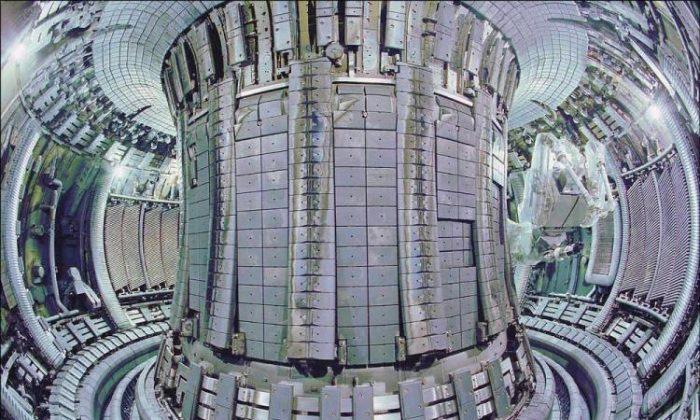Just three years ago, Ratu Mataira founded a company called OpenStar in his Mt Victoria flat in Wellington. In February this year, it signed a formal collaboration agreement with MIT as another step in its quest to build a viable nuclear fusion reactor.
Unlike fission, nuclear fusion seeks to replicate the reaction that makes the sun and other stars shine by fusing two atoms to unleash huge amounts of energy. Because of its potential to provide limitless energy without planet-warming carbon pollution, it’s seen as the holy grail of energy solutions.
The reason it isn’t providing endless, non-polluting power is that no one has so far been able to get it to work for longer than a few seconds.
“One of the reasons why it’s safe is related to the reason it’s so hard,” Mr. Mataira explained.
7 Times Hotter Than the Sun
While OpenStar is still assembling and testing the pieces of their reactor, scientists in South Korea recently announced a new world record for the time they sustained temperatures of 100 million degrees Celsius—seven times hotter than the sun’s core—during a nuclear fusion experiment.The temperature lasted 48 seconds during tests between December 2023 and February 2024, beating the previous record of 30 seconds set in 2021.

One of the biggest barriers to using fusion as a commercial energy source is that reaching these temperatures generally requires more energy than the reactor has output. But scientists are growing closer to solving the problem.
5 Seconds of Energy: Record so Far
This February, scientists near the English city of Oxford announced they had set a record for producing more energy than ever before in a fusion reaction. They produced 69 megajoules of fusion energy for five seconds, roughly enough to power 12,000 homes for the same amount of time.New Zealand’s entrant in the fusion reactor race says it’s still at the phase of testing components for weaknesses—something it calls the “Huh? It Blew up!” phase.
It completed a US$6 million seed round in December 2022 and is looking at opening a second office in the United States.
The company says it estimates viable fusion is six years away, but according to Aneeqa Khan, a research fellow in nuclear fusion at the University of Manchester, fusion “has the potential to be part of a green energy mix in the latter half of the century.”
That hasn’t deterred the New Zealand startup, which predicts that by 2029 “the first power-positive Hasegawa Class devices [will] come online and begin providing useful power to the grid, eliminating the need for fossil fuels and improving reliability of power for industry. Hasegawa will be just the beginning, as we scale and iterate to drive the world into a new age of energy abundance.”






